Production adapted to climate change and moving towards net zero emissions is no longer a requirement but has become a driving force for the development of the Mekong Delta region, especially Can Tho City. In Resolution No. 59-NQ/TW, the Politburo determined to build and develop Can Tho City by 2030, with a vision to 2045, to become an ecological, civilized, modern urban area with a riverine identity, playing the role of a driving center of the region.
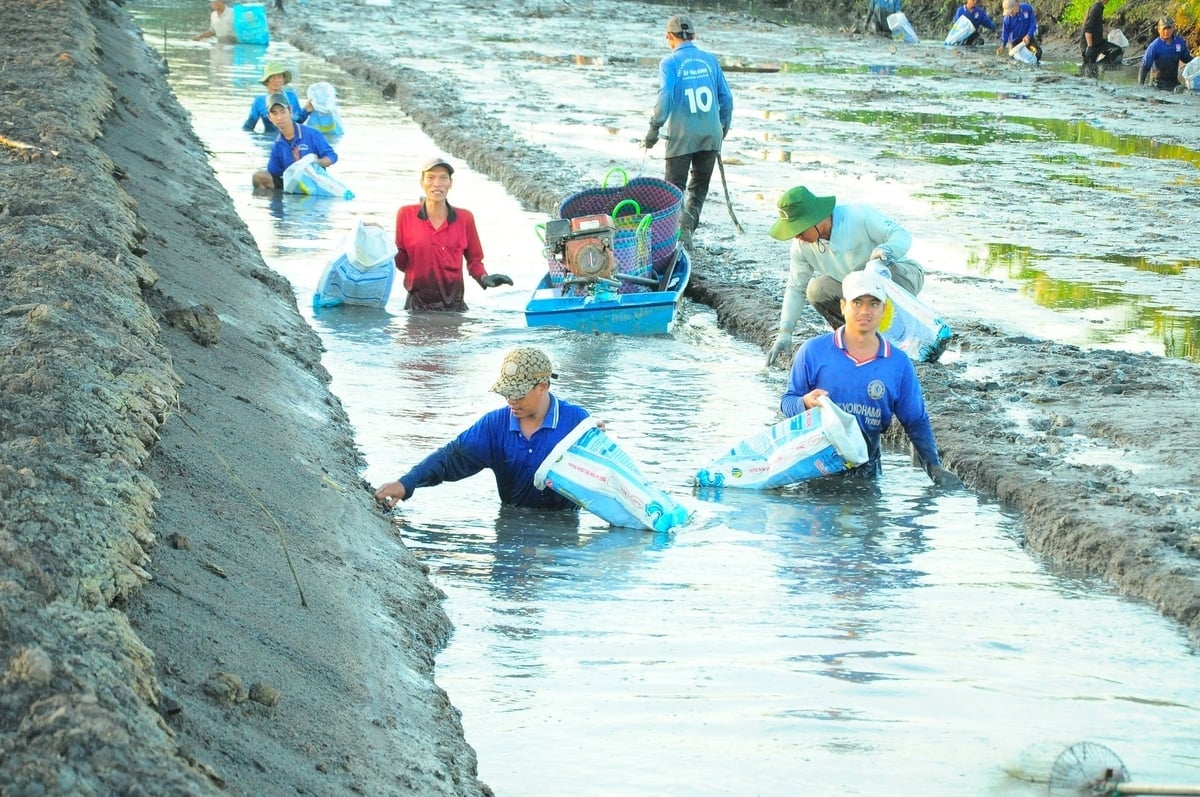
The natural rice-shrimp model, which reduces greenhouse gas emissions in Can Tho City, is bringing good economic efficiency to farmers. Photo: Kim Anh.
Applying high technology to reduce greenhouse gas emissions
In this strategy, Can Tho identifies aquaculture and rice cultivation as two areas that are both affected by climate change and are also key "fronts" for the city to affirm its transformation to a green development model with no carbon "footprint".
The aquaculture sector is considered a key economic sector of Can Tho, thanks to its rich natural conditions with 72 km of coastline, three large estuaries (Dinh An, Tran De, My Thanh) and a dense river system, year-round freshwater resources and large land fund. This advantage allows the city to develop aquaculture in all three ecosystems: fresh, brackish and salty, in an ecological direction, applying high technology.
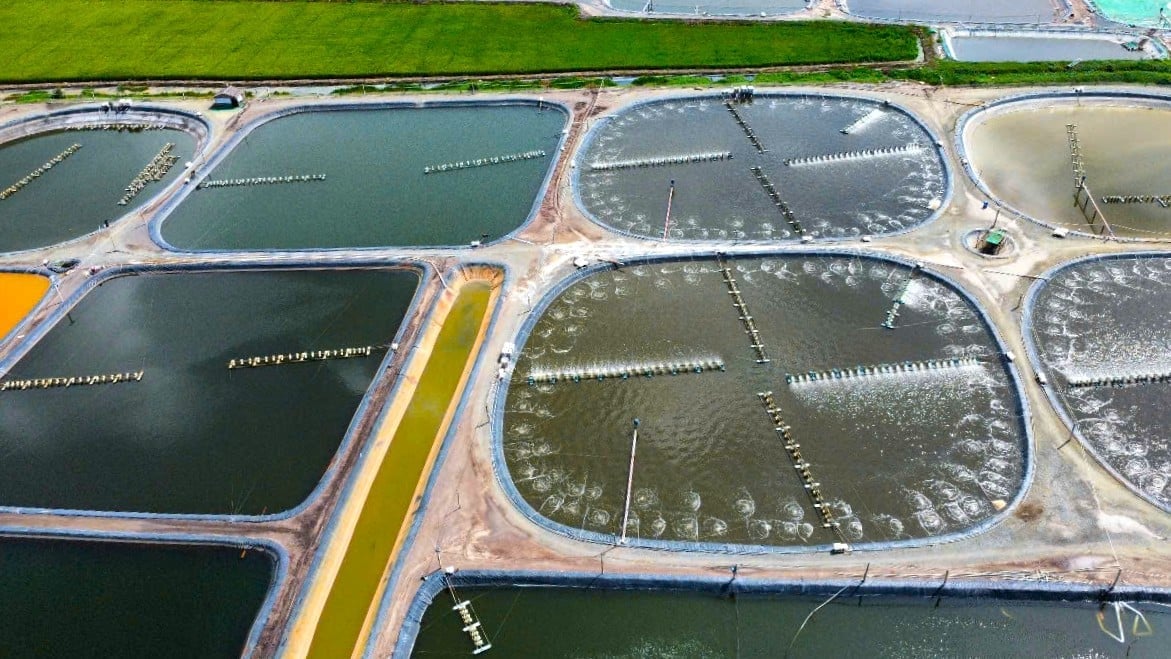
Aquaculture is one of the key industries with potential to reduce greenhouse gas emissions in Can Tho. Photo: Kim Anh.
Notably, many climate change adaptation farming models have been effective, such as 2-3 stage lined ponds, semi biofloc, automatic monitoring, using smart feeding floors and pond environment monitoring systems using IoT sensors...
Whiteleg shrimp productivity reaches an average of 20-30 tons/ha/crop, both increasing value per unit area and reducing environmental risks thanks to the closed circulation system.
In the field of cultivation, the Department of Agriculture and Environment of Can Tho City is vigorously implementing the Project of one million hectares of high-quality, low-emission rice. According to Ms. Nguyen Thi Giang, Deputy Director of the Department of Agriculture and Environment of the city, by mid-2025, the city has linked to consume over 76,000 hectares of rice, consolidating more than 100 cooperatives and production areas certified by VietGAP, GlobalGAP, and organic.

Greenhouse gas emission reduction measurement systems are installed in many high-quality rice fields in Can Tho. Photo: Kim Anh.
The alternate wetting and drying (AWD) irrigation technique and the 1 must 5 reduce process have been applied by Can Tho farmers on over 300,000 hectares, helping to save more than 4 million VND in costs/hectare, increase rice yield by about 300kg/hectare, and reduce methane emissions by 30-40%.
In addition, the city is promoting a circular economy model from rice straw, organic fertilizer production, combining MRV and IPHM pilot models and using bio-fungi for pest management. These steps have concretized the commitment to reduce greenhouse gas emissions in agriculture.
Thanks to the promotion of technical advances, in the period 2015-2024, Can Tho's brackish water shrimp output increased by an average of 11.1% per year, from 90,854 tons to 232,872 tons, an increase of more than 2.5 times after 9 years. In 2025, the city aims to maintain a stable aquaculture area of 96,500 hectares. Of which, 51,000 hectares are brackish water shrimp, with an output of 705,958 tons.
Sustainable ecological agricultural models
From macro orientation to grassroots practice, many localities in the city have been changing strongly. A typical example is Lieu Tu commune - one of the localities that concretizes the goal of building ecological agriculture, applying high technology associated with reducing greenhouse gas emissions, and sustainable development in the development strategy.
With a rice growing area of 5,765 hectares and aquaculture of about 1,525 hectares, Lieu Tu commune identifies agriculture as its main strength and also the sector that needs to be transformed the soonest to reduce emissions.
Mr. Nguyen Van Huyen, Permanent Vice Chairman of Lieu Tu Commune People's Committee, said that thanks to the right orientation, the production and harvest value per hectare of agricultural land of the commune at the end of 2024 reached 262.5 million VND, exceeding 5% compared to the resolution; average income per capita reached 67.5 million VND, an increase of 18 million VND compared to 2020.
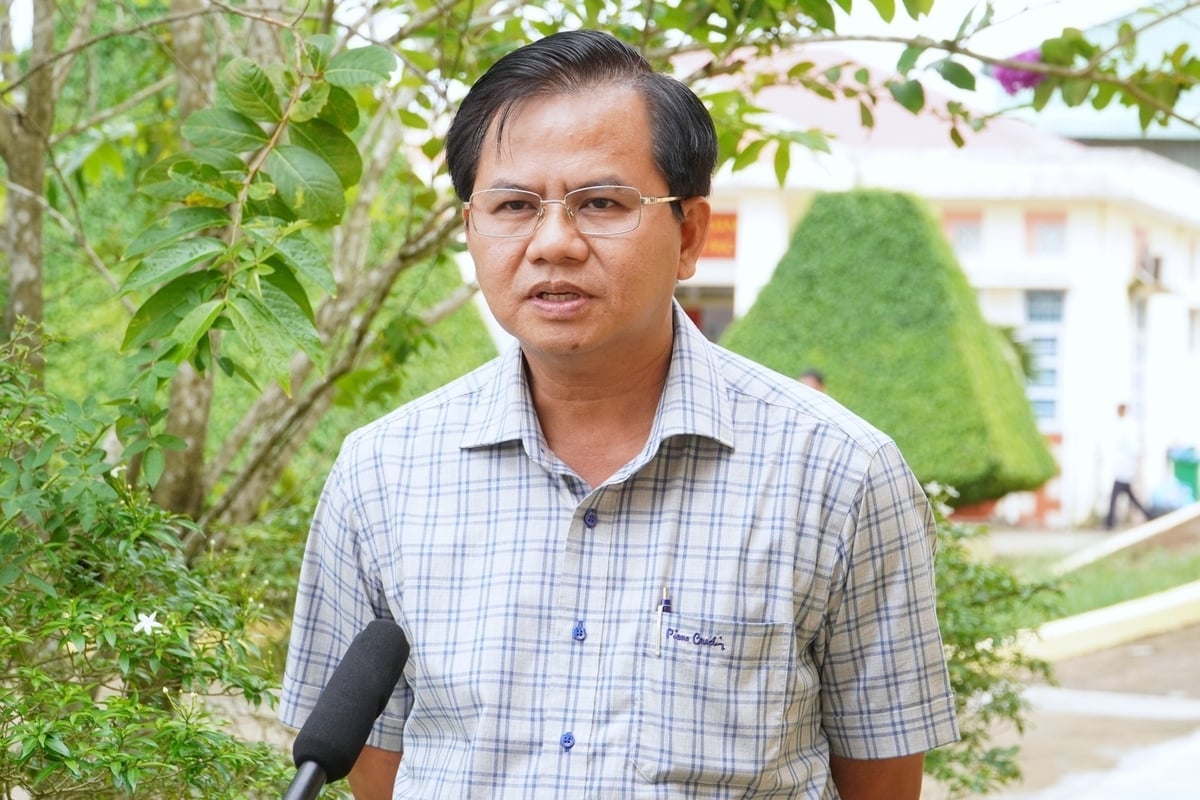
Mr. Nguyen Van Huyen, Permanent Vice Chairman of Lieu Tu Commune People's Committee, shared about the local orientation of ecological agricultural production and emission reduction. Photo: Kim Anh.
Lieu Tu currently has 3 cooperatives and 17 cooperative groups playing a core role in linking the "4 houses" and transferring science and technology. The area of fragrant rice and specialty rice reaches more than 70% of the total cultivated area, in which many models of organic rice production and high-quality rice are linked for stable consumption.
In the aquaculture sector, high-tech shrimp farming models in tarpaulin-lined ponds, applying super-intensive processes on about 300 hectares, yield about 20 tons/ha/crop, with profits of billions of dong each year.
In addition, many ecological agricultural models applying high technology are being deployed in the commune such as: fish farming applying VietGAP, ASC standards in assessment, traceability and quality with a scale of 250 hectares; agricultural tourism model of 25 hectares; model of linking production and consumption of organic rice of 136 hectares.
Currently, Lieu Tu is continuing to implement the Project on Sustainable Development of One Million Hectares of High-Quality and Low-Emission Rice Cultivation associated with Green Growth in the Mekong Delta by 2030, with an area of nearly 2,300 hectares. Mr. Huyen emphasized that the commune has determined the goal of striving to become a locality with strengths in organic agricultural production and high-tech aquaculture associated with the construction of advanced new rural areas in the period 2025-2030.
The solutions focused on are promoting agricultural restructuring towards applying science and digital transformation; diversifying safe crops and livestock; investing in sustainable aquaculture infrastructure; attracting businesses to invest in farm economy and cooperatives...

Farmers in Lieu Tu commune (Can Tho city) are excited to participate in an organic rice production project linked with businesses that purchase the products. Photo: Kim Anh.
It can be seen that, from orientation to specific models, Can Tho City is gradually defining a clear path for ecological agricultural development, towards low-emission, environmentally friendly production.
When agriculture becomes the foundation for green economy and ecological urban areas, Can Tho not only reduces emissions and effectively responds to climate change, but also creates its own identity, a "livable city" in the Mekong Delta region.
Source: https://nongnghiepmoitruong.vn/can-tho-xanh-hoa-hai-nganh-chu-luc-d784043.html







![[Photo] General Secretary To Lam and National Assembly Chairman Tran Thanh Man attend the 80th Anniversary of the Traditional Day of the Vietnamese Inspection Sector](https://vphoto.vietnam.vn/thumb/1200x675/vietnam/resource/IMAGE/2025/11/17/1763356362984_a2-bnd-7940-3561-jpg.webp)
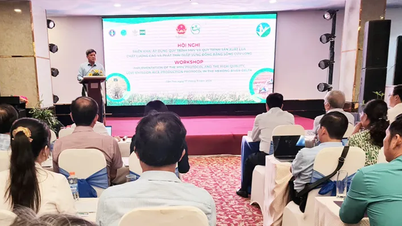




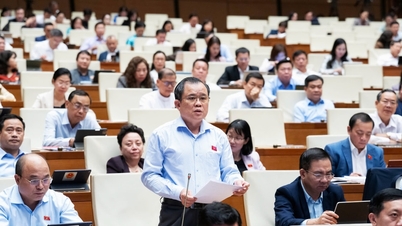





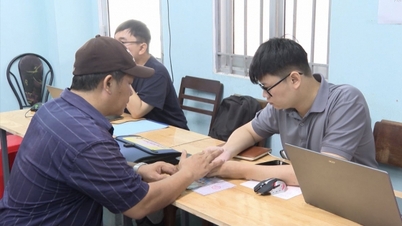


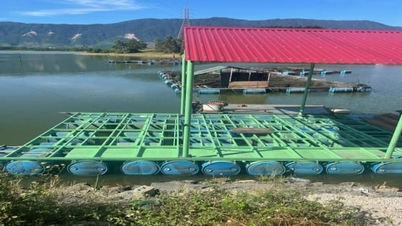
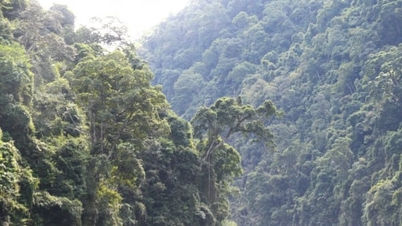





![35 years of building a high-quality cattle herd: [Last article] Continuing achievements](https://vphoto.vietnam.vn/thumb/402x226/vietnam/resource/IMAGE/2025/11/18/1763418782764_5239-anh-gia-trai-bo-o-ca-1-1-nongnghiep-175228.jpeg)
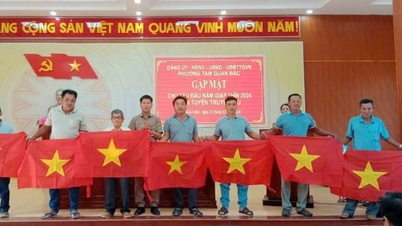

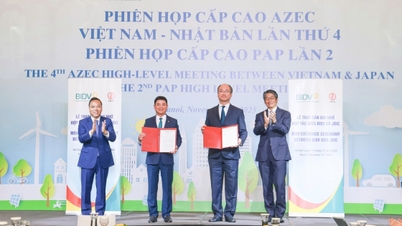
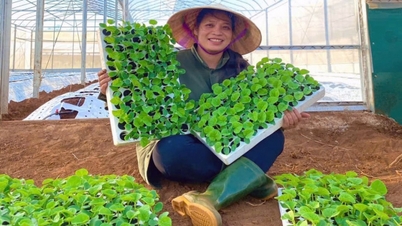



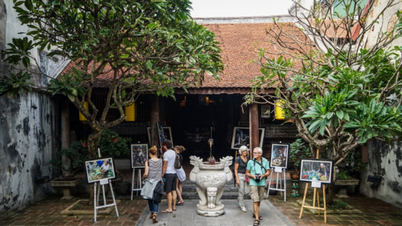




















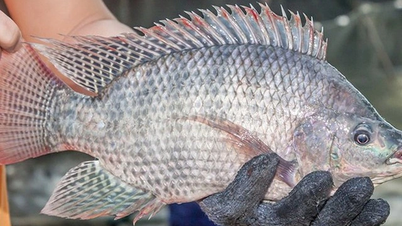




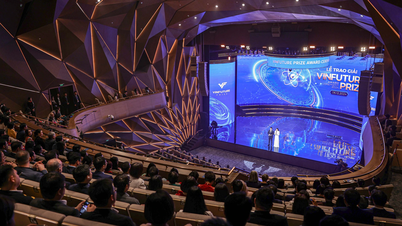






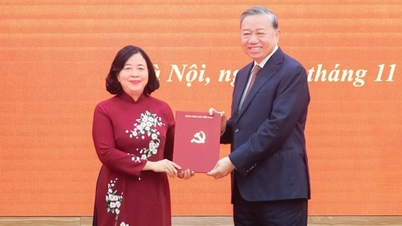


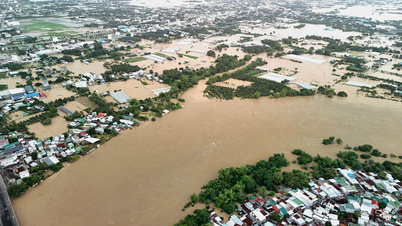



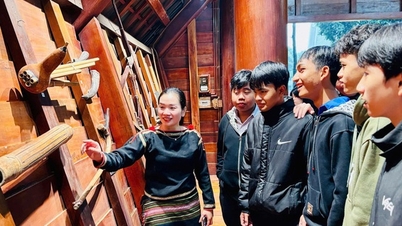


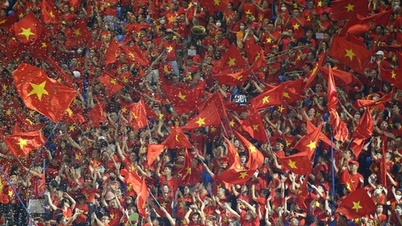










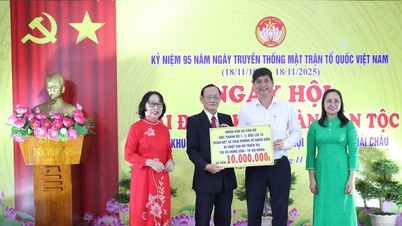
















Comment (0)